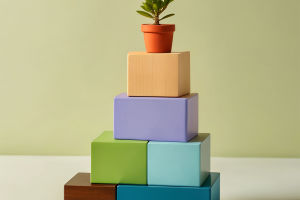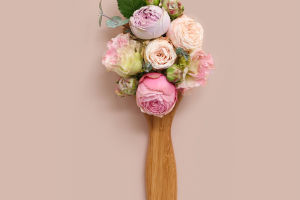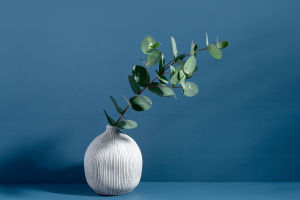Hyacinth Charm Unveiled
Hyacinths are cherished for their striking, colorful blooms and intoxicating fragrance.
Often found in gardens and decorative arrangements, they bring an explosion of color and scent to springtime settings, making them a favorite among gardeners and flower enthusiasts.
Appearance and Varieties
Hyacinths are known for their dense clusters of star-shaped flowers that form on upright stalks. Each flower spike can be adorned with dozens of blooms, radiating vibrant hues like deep purple, bright pink, soft blue, sunny yellow, and pure white. The foliage consists of long, glossy green leaves that emerge from the base, framing the dramatic flower spikes and adding to the plant’s overall appeal.
There are many popular hyacinth varieties to choose from. For example, the 'Blue Jacket' hyacinth produces deep blue flowers, while 'Pink Pearl' offers a soft pink touch. The 'City of Haarlem' variety stands out with creamy yellow blossoms. These options make hyacinths versatile and perfect for diverse garden aesthetics.
Growth and Planting Tips
Hyacinths thrive best in well-drained soil with plenty of sunlight. The ideal time to plant hyacinth bulbs is in the fall, around September to November, before the ground freezes. This allows the bulbs to establish roots before the winter sets in, preparing them for a spectacular spring display.
To plant hyacinths, dig a hole about 6-8 inches deep and place the bulb pointy side up. Space each bulb at least 3-4 inches apart to allow room for the flowers to grow. After planting, cover the bulbs with soil and water thoroughly. During the growing season, consistent watering and fertilization will help the blooms flourish, but be careful not to overwater, as hyacinths are susceptible to root rot.
Symbolism and Uses
Hyacinths carry rich symbolism across different cultures. They are often associated with rebirth, spring, and joy. The flower's name comes from a Greek myth about Hyacinthus, a youth loved by the god Apollo, whose blood gave rise to the first hyacinth after a tragic accident. Each hyacinth color holds its own meaning: purple signifies sorrow, blue represents constancy, and white symbolizes purity.
Beyond their symbolic meaning, hyacinths are widely used in perfumery and aromatherapy. The powerful fragrance can invigorate the senses, creating a soothing and delightful environment in any space. Hyacinths also make stunning potted plants, centerpieces, and additions to garden beds, bringing bursts of color and fragrance.
Care and Maintenance
After blooming, it’s essential to let the hyacinth leaves die back naturally, as they store energy for the following year’s growth. Once the foliage turns yellow and withers, you can trim it away. If you live in an area with harsh winters, consider mulching over the bulbs to protect them from extreme cold.
Hyacinths are truly captivating flowers that offer beauty, fragrance, and a touch of spring magic to any garden or home. So, Lykkers, with proper care and planting, these vibrant blooms can brighten your surroundings and provide joy year after year.
Aftercare For Hyacinths Grown In Pots! What To Do When Flowering Is Over 🌿 BG
Video by Balconia Garden


